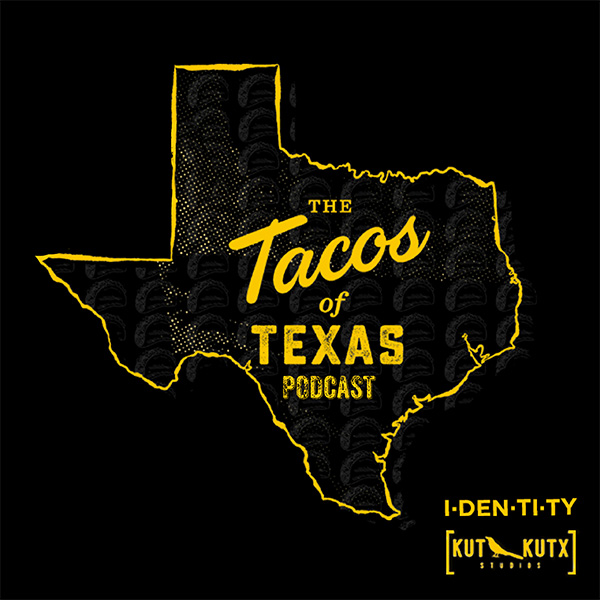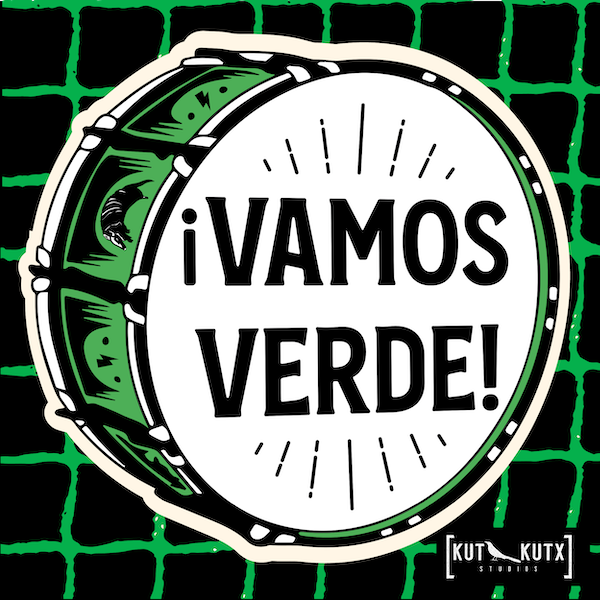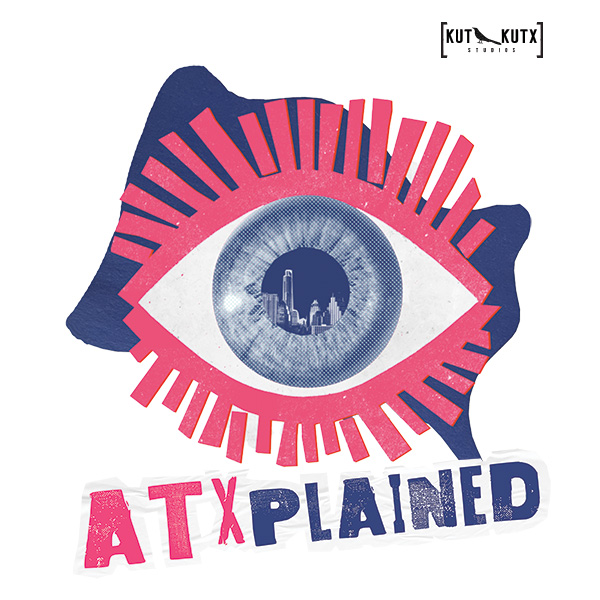The programming in this bonus episode of the Tacos of Texas podcast was originally aired live on the Texas Standard in June, 2025.
For many in the Latino diaspora in the U.S., the flags of their heritage hold weight and meaning. You’ll see them in homes, restaurants and as many might have noticed recently, protests.
As someone who grew up on the Texas/Mexico border in El Paso, Mando Rayo, host of the Tacos of Texas podcast knows a thing or two about this.
He spoke with Texas Standard on why the Mexican flag is so ubiquitous on this side of the border. Listen to the interview above or read the transcript below.
The full transcript of this episode of Tacos of Texas is available on the KUT & KUTX Studio website. The transcript is also available as subtitles or captions on some podcast apps.
This transcript has been edited lightly for clarity:
Texas Standard: For folks who don’t know you or your podcast or are just tuning into the Texas Standard for the first time, tell us a little bit of background about yourself and growing up where you did and how that relates to seeing the Mexican flag a lot on this side of the border.
Mando Rayo: Yeah, no, I mean, it was part of everyday life – El Paso being along the border and this idea around our identity is really tied to the borderlands. We would go back and forth to do, I mean, pretty much like day-to-day things from visiting families to going to the stores, going to schools.
So, I think that we’re really tied into what we call dos mundos [two worlds]. You are part of this idea around being in the United States and being born in the United States but also have that Mexican heritage and it kind of like weaves back and forth.
You’re not just one thing, and so for me it’s this term that’s always used that I love is “Somos de aquí y somos de allá.” “We are from here” – United States – and “we are from there” – from our country of heritage.
Well, you know, seeing the flag at restaurants, and I can see how that’s a direct tie into the stories that you typically cover, it gets to the meaning that people attach to the flag.
But often those who use the flag don’t have control over how that meaning is interpreted, how that is translated by those who see it. Do you have any concerns about that personally?
No, I really don’t to be honest. One image, one photo, one situation doesn’t identify a whole population. We’re talking about like 11.7 million Latinos in Texas. So there’s a lot of history, there’s lot of roots in our identities.
And yeah, we start with food, like this idea around “Oh, well, what is this pride that we have around the Mexican flag?” It’s the colors, it’s the meaning, it’s, you know, even in our foods, like chiles en nogada that really kind of bring in the red, the white, and the green, or even something as simple as a pico de gallo, right?
Sure, and that thought has occurred to me before. It was like, “wow, this is kind of a celebration in a way.”
Yeah, it is a celebration and, you know, it’s also part of the struggle that we have to honor where our parents have come from and whether you’re second, third or fourth generation, that’s part of idea around improving your life and taking a chance and going to somewhere else.
But you still at the root, you have that identity that is strong, it allows you to persevere, and I believe for me that’s kind of the symbol of the Mexican flag.
We’ve heard and seen criticism over some of those waving the Mexican flag during the protests in L.A. and Mexican President Claudia Sheinbaum criticizing the use of that flag after there’s this memorable photo of a protester on top of a vandalized car, backdrop of flames, holding that flag. She seemed to be concerned about the flag being used, in her words, as a “provocation.”
And I think this gets to a conversation we’ve had on several occasions – not you and me, but in other contexts – where a flag is being used and people want to attribute or do attribute certain things to the flag that may not be intended. What’s your take on that conversation?
Yeah, when you think about what the meaning of the flag and their connection to Mexicans and immigrants, and even indigenous people, it’s a tool to strip away the rights. And so waving any flag in the United States, it is your first amendment right.
So the idea that one image is going to put a tarnish on whole people, they’re going to do it anyway because they’re already doing it. They’re separating families. They’re doing the ICE raids, people are living in fear. And just another image, I don’t think it’s gonna change people’s minds around the rhetoric that’s been going on.
And I think that that’s very iconic, I would say, to what people are really gravitating using that flag for – to show the culture, show the pride, as well as show their rights they have to be here in the United States.
If you found the reporting above valuable, please consider making a donation to support it here. Your gift helps pay for everything you find on texasstandard.org and KUT.org. Thanks for donating today.
This transcript was transcribed by AI, and lightly edited by a human. Accuracy may vary. This text may be revised in the future.





